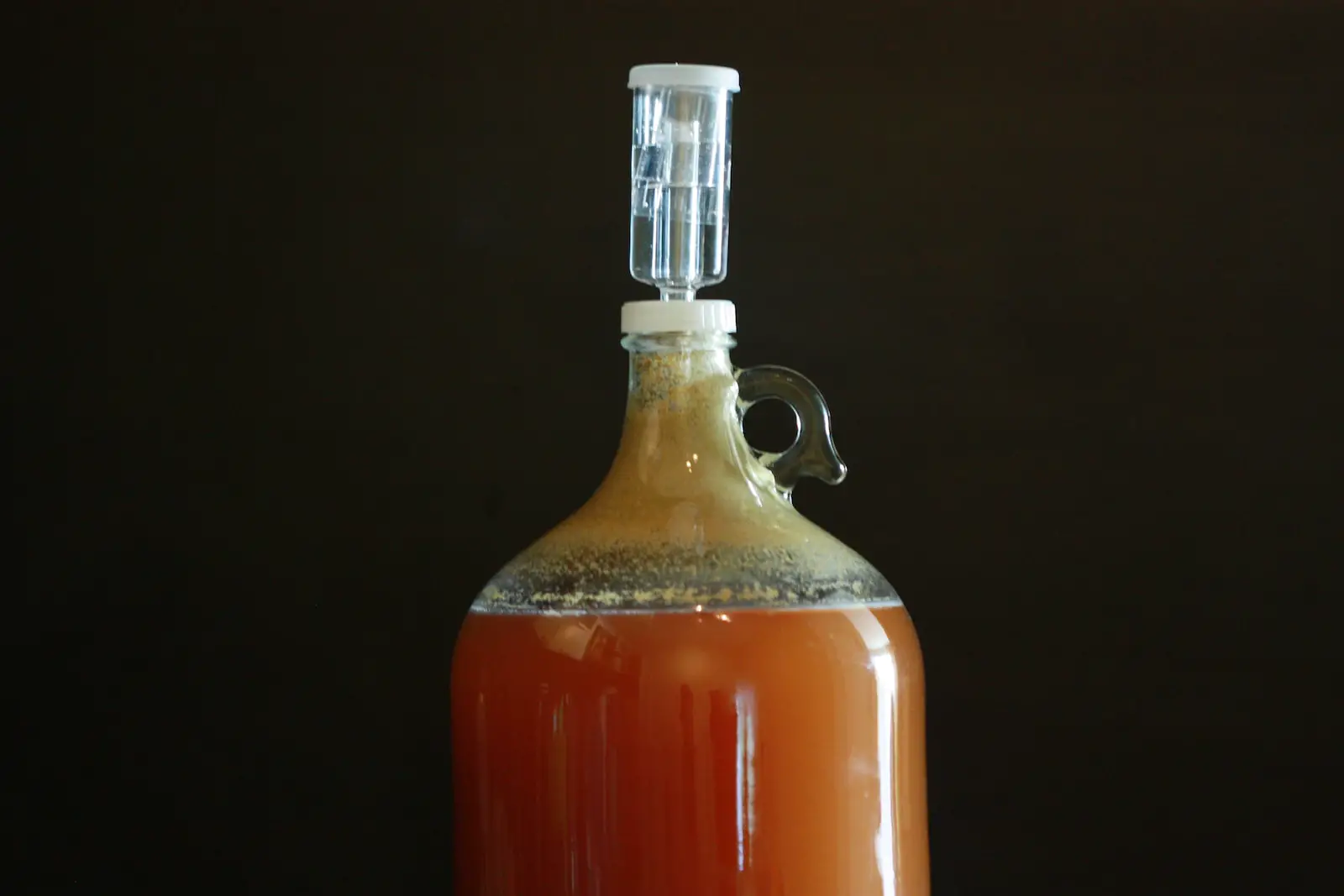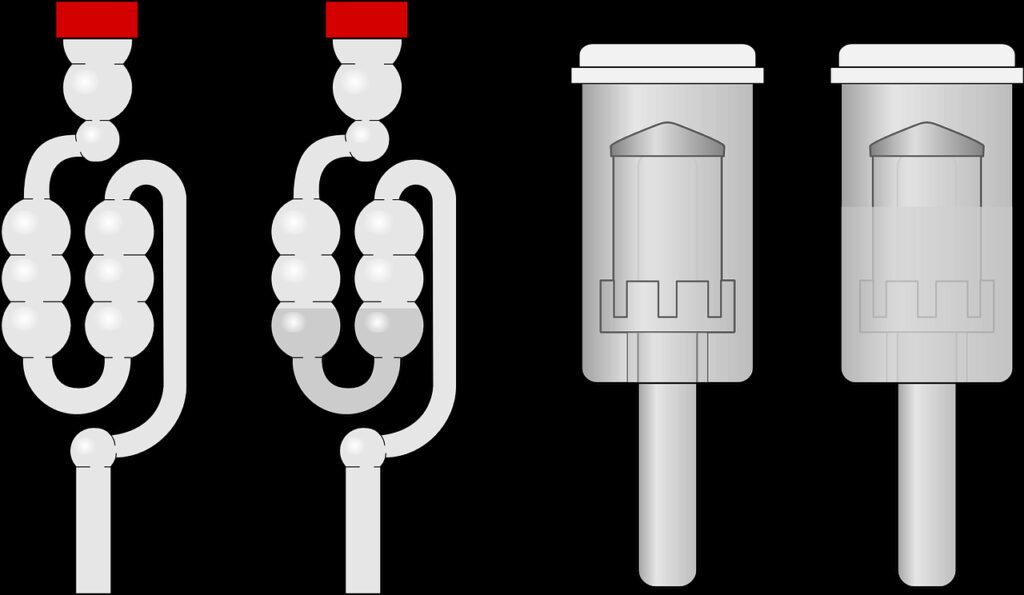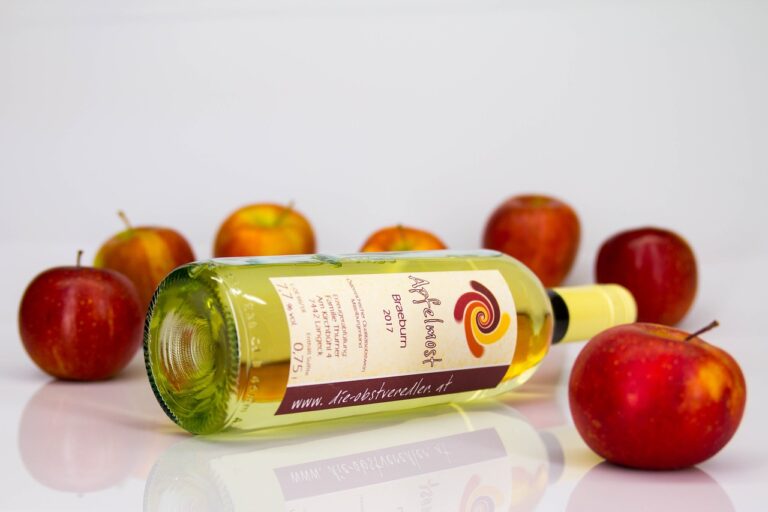One of the pieces of brewing equipment that many novice homebrewers find confusing is the airlock. It’s a strange plastic device that doesn’t seem like it should be as handy as it is.
When we first started homebrewing, the staff at our neighborhood homebrew shop advised us that an airlock was a crucial piece of equipment for fermentation. Since then, we’ve been fermenting with an airlock. An airlock isn’t actually required for home brewing. But your brewing process will greatly benefit from airlocks. Anyone who is interested in home brewing should take the time to learn when to use an airlock and when to forego one.
What Is an Airlock?
It’s helpful to understand what an airlock is before moving on to how and when to utilize one. Here’s a refresher on how fermentation works throughout the brewing process before we go into what an airlock is.
During the fermentation process, airlocks are frequently employed. The yeast starts consuming the sugars in the wort as soon as you pitch it into your brew and seal the fermenter. Like every other living thing, yeast produces a byproduct or byproducts from their metabolic activities when they “eat” (i.e., digestion). Alcohol and carbon dioxide are the by-products in the case of beer yeast (CO2).
In our fermenter, we desire alcohol, but CO2 is less desirable. If there is too much CO2 in a closed fermenter without an airlock, the fermenter may blow up. Yes, it is accurate. It will blow up, leaving you without any beer or alcohol to work with.
The airlock is a useful device that permits CO2 to escape from the fermenter while preventing the introduction of outside pollutants into your brew. There are a few different types of airlocks in your local homebrew shop, but they all function the same and provide a sterile but secure mechanism for CO2 to be released from your fermenter.
When to Use an Airlock
We would suggest that the main fermentation of nearly all beers requires the use of an airlock. This rule has certain exceptions, which we’ll cover later.
After pitching the yeast and sealing the fermenter, you should immediately insert your airlock. You’ll need to spend money on a cork or cap that has a spot for the airlock to be placed if you’re using a fermenter in the carboy design. If you’re using a bucket fermenter, search for models that include an airlock gasket and a top with a hole already drilled into it.
The airlock serves two purposes for your main fermentation in this instance. It first prevents your beer from exploding by giving CO2 a path to escape from the fermenter, as we previously mentioned. Beer explosions may seem entertaining, but your significant other definitely won’t enjoy beer spilling all over the area where you’ve kept your fermenter.
The airlock also makes the space within your fermenter sanitary. An airlock is a perfect tool if you want to prevent the bad flavors that unwelcome bacteria, yeast, or fungi might produce in your beer. Sanitizer is added to a tiny amount of water that is used to fill airlocks. While preventing harmful organisms from getting into your beer, this water barrier enables gas to travel through.
When Can I Skip the Airlock?
For the most part, we would advise always using an airlock while performing a single fermentation. On occasion, though, you might want to forgo the airlock entirely or utilize another method.
If you are brewing beers with characteristics like farmhouse ales or sours, you can completely omit the airlock. Natural yeasts give these beers their distinctive taste qualities. A tiny bit of yeast may be used to start your brew, but keeping it out in the open may expose it to air and other natural yeasts. It is evident that an airlock is not required in this situation.
Secondary fermentation is the other circumstance in which you can omit the airlock. The quantity of CO2 produced during secondary fermentation is modest since the majority of the carbohydrates in your wort have already been metabolized. Airlocks are unnecessary. Simply shut your fermenter to maintain sterility in this situation.
Finally, there may be instances in which a blow-off tube is preferable over an airlock. While a blow-off tube has various advantages, it functions similarly to an airlock. A blow-off tube is a segment of tubing that is placed with one end in a container of water mixed with sanitizer and the other end in the fermenter using the same hole as the airlock.
This setup works well for beers that employ yeast that ferments aggressively and may produce a lot of krausen. Krausen may leave the fermenter through the blow-off line without being obstructed. In the event that you wind up with more wort than you intended, the blow-off tube might be useful.
We believe that airlocks are typically a vital component of your homebrewing process when it comes to beer. They provide your fermenter with a safety feature and maintain a sanitary environment within the fermenter.
There are situations, though, when you can avoid the airlock and still be alright. If you don’t already have one, we advise adding one to your homebrewing tool set just in case. It won’t cost you much.
What Is The Best Temperature To Ferment Wine?
The fermentation process can be managed as the components are mixed. The temperature is another element that is influencing fermentation. Thus, the temperature affects both the duration of the fermentation process and the taste development.
But at what temperature should wine ferment? The temperature must be lower for fermenting white wine than when fermenting red wine. If white wine is fermented at a temperature that is too high, the delicate aromas will be lost.
Red wine, on the other hand, benefits from a warmer fermentation that improves tannin and color extraction.
Generally speaking, fermenting white wine at a temperature of about 55°F will preserve its aromas better. A red wine’s quality will be at its peak when the fermentation temperature is approximately 70°F.
Why Use an Airlock in Fermentation?
The use of an airlock during fermentation is necessary to prevent wine contamination. The more oxygen is introduced to the wine, on the other hand, if the airlock under the main ferment is left off.
With this approach, the wine will have a more active fermentation, which results in a quicker and more complete process. Some experts advise keeping the airlock activated underneath the main ferment. While keeping the light on you reduces the likelihood that the wine will be spoiled by, for instance, airborne contamination by initially closing the container.
And so it comes down to:
#1. Turning off the airlock will encourage fermentation to begin earlier and progress more quickly. If the fermentation doesn’t get going right away, this might also have the unfavorable consequence of making it vulnerable to infection.
#2. The fermentation will be safeguarded if the airlock is left on. This approach will result in slower primary fermentation.
It’s crucial to emphasize that the airlock can only be turned off during primary fermentation. Always use an airlock when racking wine into a secondary fermenter after the fermentation begins to slow down.
Additionally, if the fermentation is not beginning as rapidly as it should turn on the airlock until it begins.
Overall, whether an airlock is used or not during the main fermentation, the wine will still be produced. The sole variable in the airlock is how quickly and vigorously the fermentation develops. Therefore, it makes no difference how your wine turns out.











